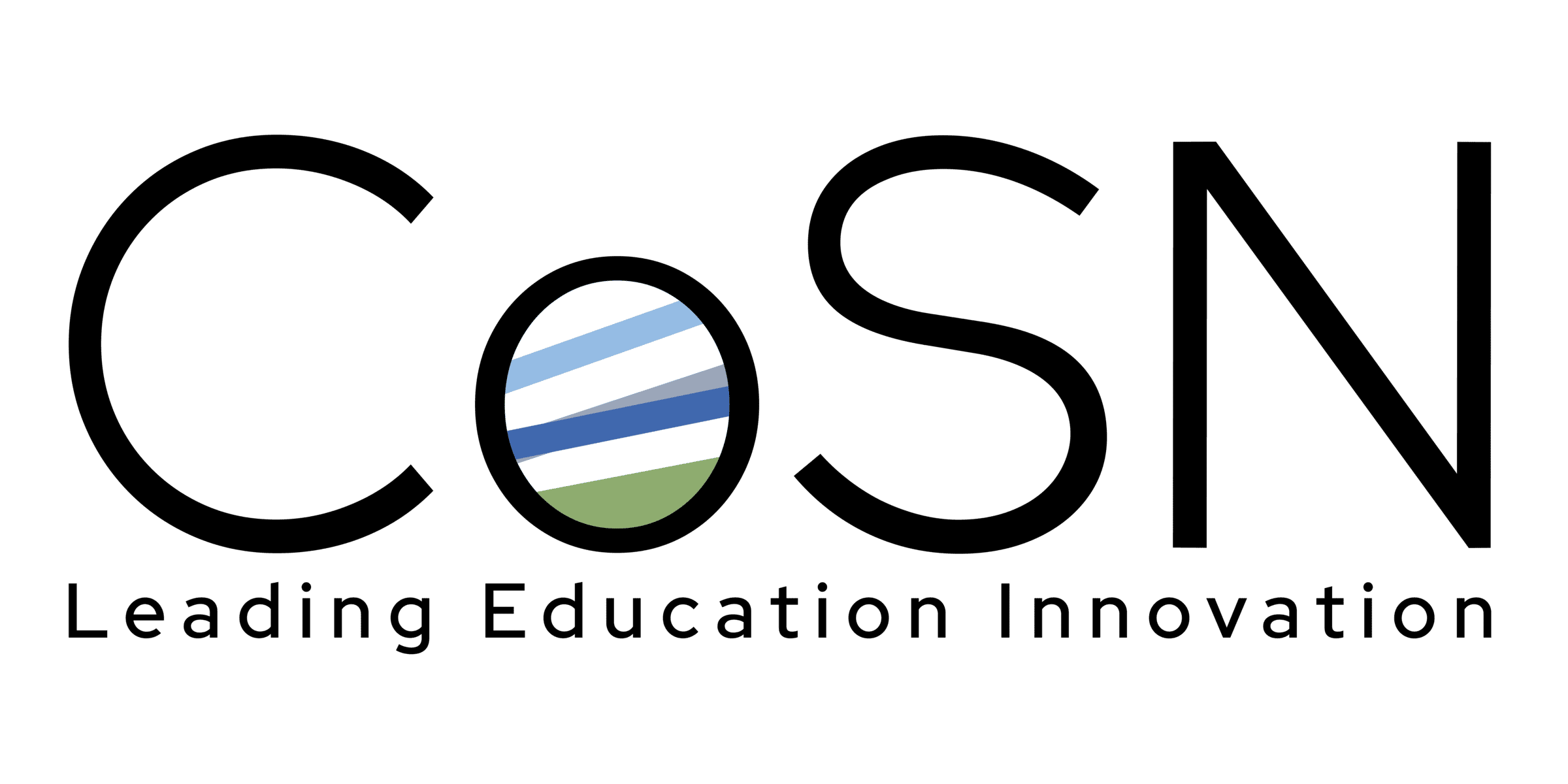By now, we are all too aware that K-12 schools are a frequent target for cyber attacks. Ransomware encrypts and locks confidential data, forcing schools to decide whether to pay the bad actors to get their data back. Phishing steals credentials, giving attackers a way “in.” Business email compromise can siphon district funds long before it is even noticed.
AI Has Changed the Game
Now, bad actors have incorporated artificial intelligence (AI) to speed up their efforts and make these attacks more difficult to detect.
Generative AI has changed the look and feel of these threats. It is becoming more challenging to spot attacks. Bad actors can:
- Write phishing messages free of spelling or grammar mistakes.
- Personalize emails using information from websites and social media.
- Create deepfake audio or video to impersonate leaders or vendors.
AI vs. AI
To combat such attacks, schools have begun deploying AI to detect suspicious emails, monitor for unusual behaviors, and speed up responses.
What this tells us is that AI can be leveraged for good or bad purposes. It can compromise cybersecurity as well as strengthen it.
The Answer: The Basics
Regardless of how technology evolves, basic cyber hygiene mattered 20 years ago, and it will matter just as much 20 years from now.
When it comes to strengthening defenses, one thing remains constant: The basics still work. Technology is essential, but people and practices will keep us safe more than any blinky-light tool ever will.
AI won’t tell you whether or not to click a link. AI can’t question a sudden wire transfer request. AI can’t recognize that an email “doesn’t feel right.” That responsibility rests with people. Cybersecurity is everyone’s job, and vigilance at the human level is the best protection against increasingly sophisticated attacks.
Some of the most effective defenses are still quite simple:
- Passwords and MFA: Strong credentials and multi-factor authentication block many attacks.
- Updates and Patches: Keeping systems current closes the doors attackers rely on.
- Least Privilege: Staff should only have access to what they need.
- Awareness and Reporting: See something, say something. Did you receive an unexpected email or payment request? Report it. Quick action often stops an attack before it spreads. Let’s create environments where students and staff feel comfortable reporting suspicious activity.
Conclusion
AI is changing the cybersecurity landscape in K-12, both for attackers and defenders. As the sophistication of AI-based attacks continues to grow, basic cyber hygiene is still the most important way to stay protected.
Let’s work together to make our schools a harder target for bad actors, and keep our focus on teaching and learning.
AUTHOR: Tony Dotts, CETL, CISSP, CvCISO, CCRE, Community High School District 99 in Downers Grove (IL)
CoSN Cybersecurity Committee member
Published on October 14th, 2025
CoSN is vendor neutral and does not endorse products or services. Any mention of a specific solution is for contextual purposes.

